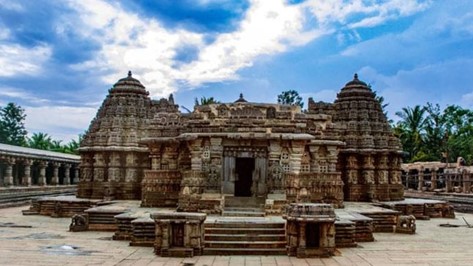PREVIOUS
New UNESCO World Heritage site
September 19 , 2023
432 days
633
0
- The 45th session of the World Heritage Committee of UNESCO approved following India’s recommendations.
- Santiniketan, the famed place in West Bengal where poet Rabindranath Tagore built Visva-Bharati over a century ago, also earned the UNESCO tag.
- The Hoysala temples at Belur, Halebidu and Somanathapur in Karnataka were declared as UNESCO World Heritage Sites.
- The Hoysala temples are known for evolving a distinct style that is ornate with temple architecture following a stellate plan built on a raised platform.
- The material used in temple construction is choloritic schist which is also known as soapstone that are soft and amiable to carving.
- They are the 42nd site in India and fourth site in Karnataka to get the world heritage tag.
- Previously, two other groups of monuments of Karnataka at Hampi (1986) and Pattadakal (1987) along with the Ecological hotspot Western Ghats (2012) had the coveted status.
- The Hoysala rulers ruled over parts of Southern India from the 11th Century to the 14th Century with Halebidu (Dwarasamudra) as their capital.
- With this successful nomination, India has 42 world heritage properties overall.
- It includes 34 in the cultural category, seven in the natural category and one mixed property.
- Presently, India has the sixth largest number of (UNESCO) sites in the world.

Leave a Reply
Your Comment is awaiting moderation.


